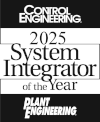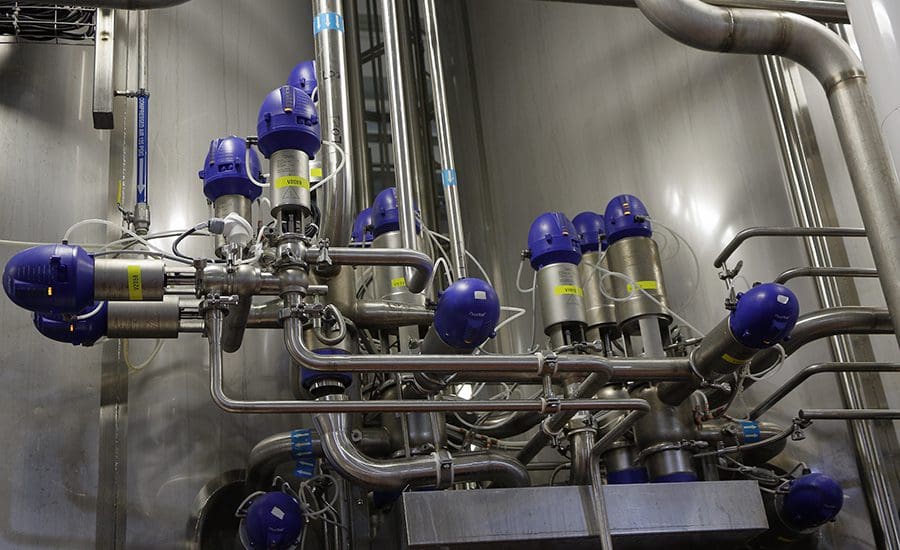Utilizing the AVEVA PI System for a Large Pharmaceutical Client
The generation, maintenance and use of historical process data is always an important part of the discussion in the pharmaceutical manufacturing sector where transparency and traceability throughout the automation system is key. It affects things such as regulatory compliance, process optimization, business strategy, and overall viability in the marketplace. To enhance this aspect of their business, one of our clients chose to leverage the AVEVA PI Software Suite in their control system retrofit. The AVEVA PI system is one of the leaders in the industry and provides various architecture and licensing options to accommodate customers’ needs. The AVEVA PI is a product of industry collaboration and incorporates OSISoft’s data management prowess with AVEVA’s engineering expertise. Utilizing this powerful automation platform enhances process visibility, decision-making, and optimization throughout the industrial value chain. The functionality of the AVEVA PI system can be broken down into the following subsections: collecting data, storing data, contextualizing data, and visualizing/accessing data. Redundant Data Collection Collecting data is the process of taking data from a source and sending it along the pipeline to be stored. In this use case, the data sources are PLCs and relational databases. The PI System uses PI Interfaces and Connectors to perform the data collection. AVEVA offers over 450 interfaces, allowing for collection from a vast array of data sources. In the past, the client had issues with its legacy data collection; data gaps and outages would occur too frequently. PI Interfaces facilitate data collection and allow for redundancy to ensure that there is not a single point of failure in the system. In addition to the available redundancy, PI interfaces also provide buffering: if the archive itself is unavailable, the interface will store data locally until the archive is available again. The buffered data is then forwarded to the archive, … Continued





